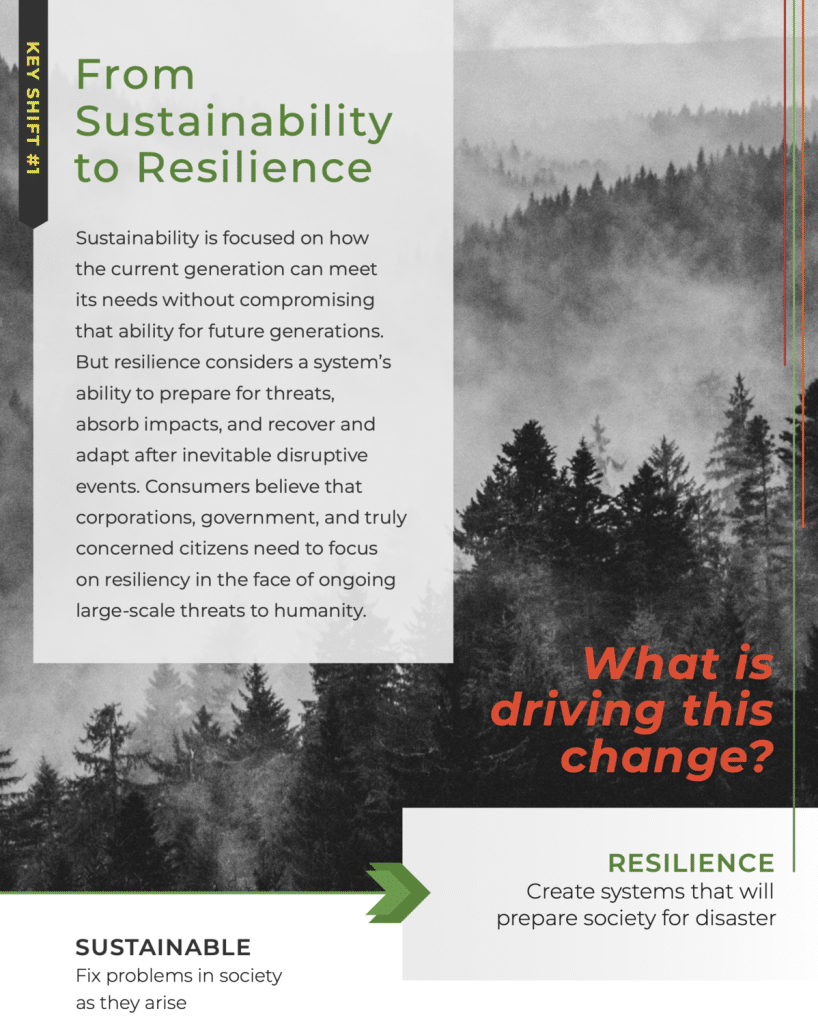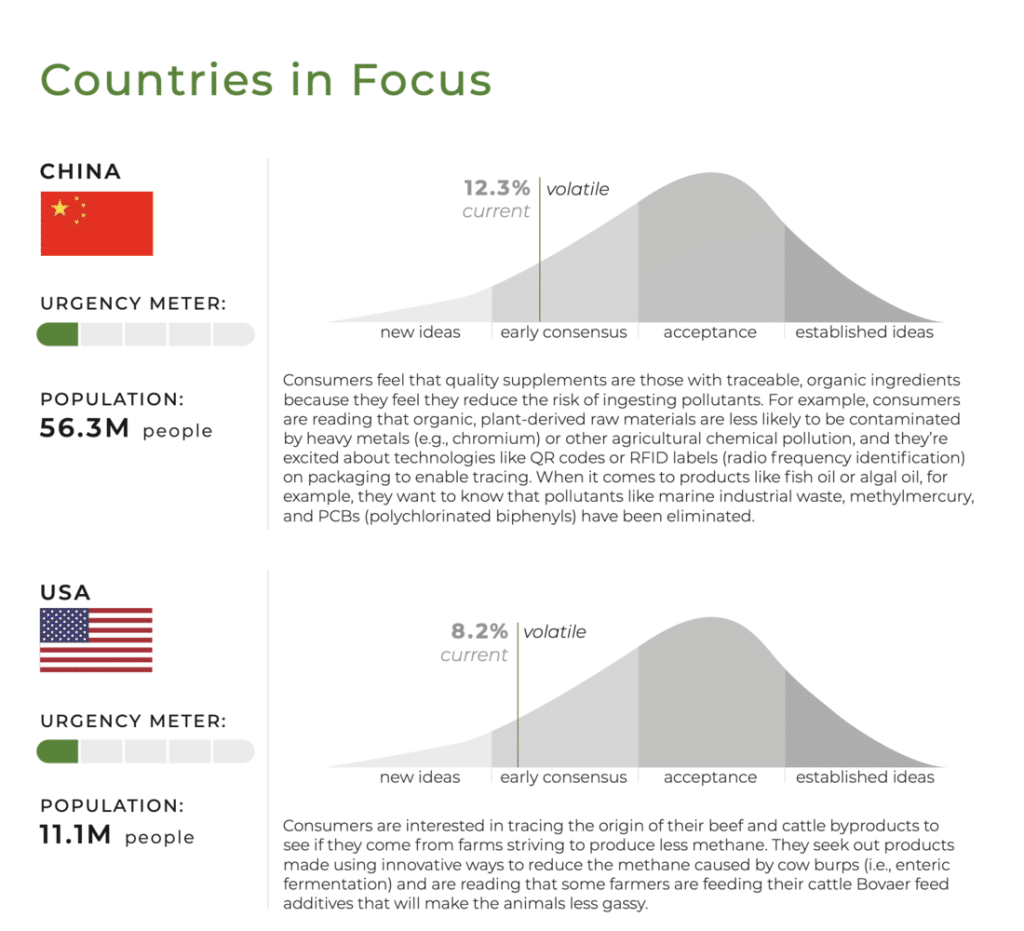Over the past month or so I’ve been incredibly lucky to have had the chance to participate in some really interesting conversations with senior leaders and clients from companies like The Estée Lauder Companies Inc., Colgate-Palmolive, McDonald’s, Kroger, and Ulta Beauty. The impetus for these conversations was the launch of our annual cultural shifts analysis where we identified five major shifts impacting consumer culture and consumer expectations across 13 markets, including but not limited to China, India, Brazil, France, Germany, and the United States.
In each of these conversations, three consistent themes emerged.
[If you missed it, here’s a link to the most recent webinar where we walked through these shifts in some detail.]
1 – From ‘the what’ to ‘the why’
The desire to get insights organizations more comfortable with asking and working with ‘the why’ behind ‘the what’ is one of the ongoing needs for insights, innovation, and foresight leaders. And they are all aware that this is easier said than done. We’re all too comfortable working with ‘the what’. It’s a lot easier to say Dark Roast is trending than it is to say People are using coffee as a way to show their peers that they’re not being left behind or that they too are evolving their tastes and habits with time. So why should we bother getting to ‘the why’? Because ‘the what’ is simply a manifestation of an underlying shift. Hanging our hat constantly on ‘the what’ turns us into headless chickens, running around with no sense of purpose.
A great example of this lies in the first shift we identified in our report:
From Sustainability to Resiliency.
This shift teaches us that the consumer mindset is evolving from simply seeking a sustainable solution to seeking solutions that build resiliency for our families and communities. And while we do see this shift manifest itself through the lens of circular products, desire for things that are simply built to last, and greater awareness for end-of-life waste, a focus on the underlying shift ensures we understand why these manifestations matter. So instead of focusing on simply copying or following these manifestations, we can focus on identifying opportunities that allow us to deliver solutions against the motivators for the shift.

2 – Timing is everything
The most common way one could looks at trends is through the lens of content. That is, determining if something is a trend by simply examining how much it is talked about. I think there’s a famous quote from Bill Gates that goes something like this –
We tend to overestimate the impact of short term shifts and underestimate the impact of long term shifts in our culture.
Looking at trends through the content lens does exactly this. It inflates the value of short term shifts which show up because there’s an upswing in the volume of content. Anthropology allows us to circumvent this common problem by examining a so-called trend through the lens of consensus in meaning. It allows us to say, yes “sustainability” is talked about a lot in the context of food, but do enough people really agree on what it means? Because if people do not agree on what it means, then they will not be able to translate it into their lives – through what they buy and consume.
A great example of this is the shift away from buying based on a budget and toward buying based on our values. This is being talked about extensively in mainstream media, and certainly a content analysis of this reveals that this idea of buying our values is already mainstream. But is it really? When we examine and calculate consensus in meaning we realize that it is far from the mainstream. In fact, it’s exhibiting volatility, telling us that while there’s already a proliferation of blockchain technologies and the like to help us buy better, as consumers we still don’t know how to use it or apply it into our lives. Yet another example where the movement in the industry far outweighs consumer demand.

3 – The art of meeting people where they are at
Sometimes the solutions are staring us in the face. We just have to open our minds to be able to see them. Simply put, knowing how the consumer’s language is changing around topics like sustainability, authenticity and quality, automation and AI, health and well-being, etc., can transform our ability to talk to people in a manner that feels more aligned with their expectations. It allows us to meet them where they’re at as opposed to forcing them out of position. And the ability to speak the people’s language is step 1 of any kind of insights or marketing process. Yet so many of us struggle to get this right. Human centricity does not come naturally to corporations, which is why teams have to make a concerted effort to bring the human-centric mindset into the way insights, innovation, and marketing functions collaborate with one another.
You can watch our amazing panelists discuss our cultural shifts report here.
